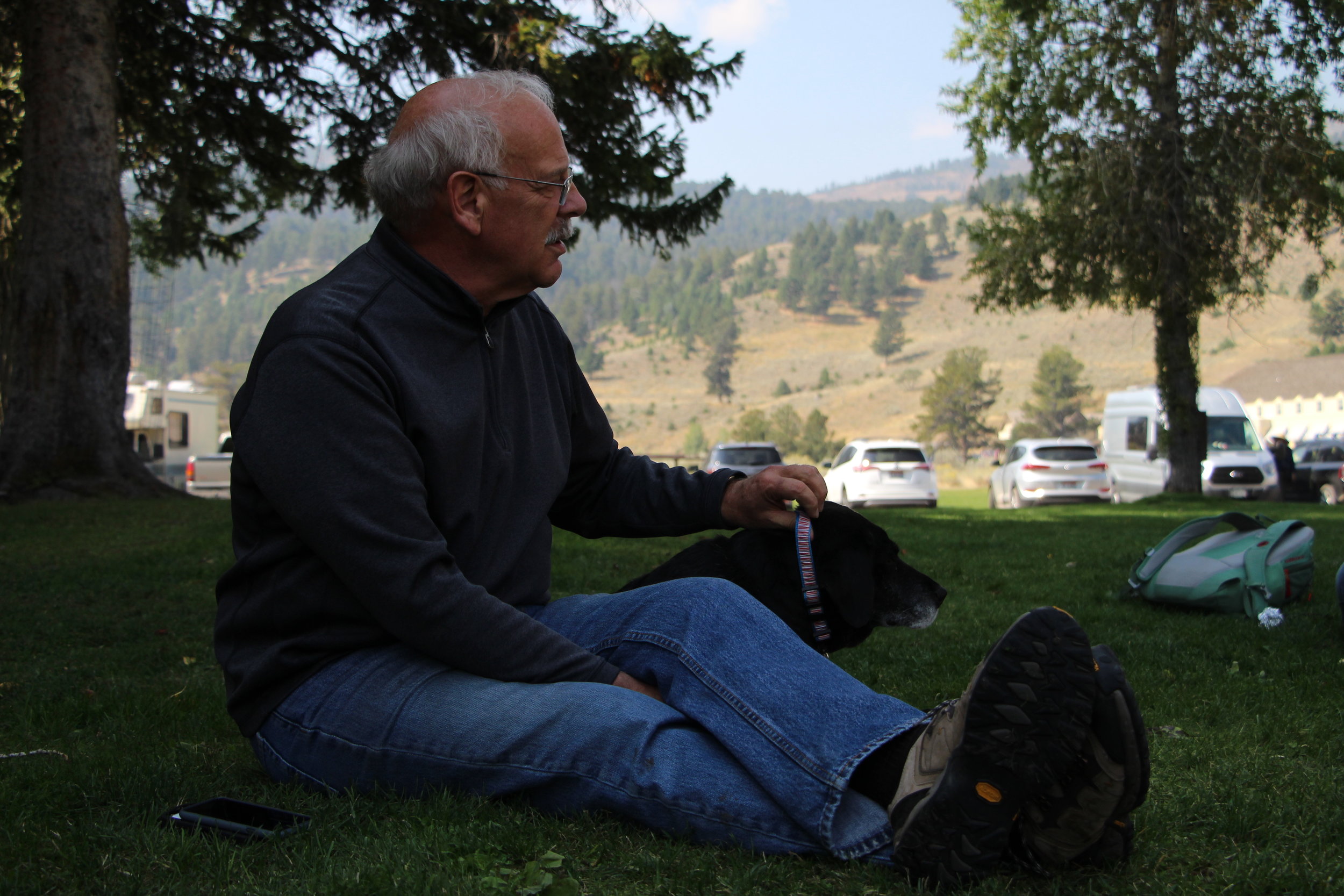Ray Bransfield
Biologist, USFWS
Ventura, CA
Peter Sanzenbacher
Biologist, USFWS
Yucca Valley, CA
11/11/18
The Dumont Dunes ORV area in Death Valley is not especially picturesque. The dun hills are scabbed by tire tracks and there are few plants, leaving the dust and sand free to be flung about by the regularly passing winds.
Ray Bransfield and Peter Sanzenbacher, employees of the US Fish and Wildlife Service (USFWS), squinted into the day’s wind and struggled to be heard over the sound of the child’s dirt bike that buzzed wide circles around us. Historically, local ORV clubs came to the dunes to race and ride illegally. As multiple-use pressure mounted on management agencies, the dunes became a designated ORV area in recognition of this historical usage. But, as we asked Ray, why? Why reward illegal recreation with an official designation?
If you were to follow Ray’s thumb across the highway, you might find an endangered desert tortoise wending its leisurely way through the sagebrush. These creatures, resilient and rare, face an embattled future in the Mojave and Sonoran Deserts against long odds of habitat fragmentation and degradation. ORV recreationists, notably, have been known to accidentally crush the slow-moving tortoises—their desert camouflage, while effective protection against natural predators, proves their undoing in the face of children on ATVs.
Much of Ray’s and Peter’s work has been to mitigate these instances in which recreation impacts wildlife. Desert tortoises are not the only potential victims: gesticulating in excitement, Peter provided an animated explanation of the spadefoot toad, which, mistaking the rumble of an ATV motor for the sound of thunder, will rise from its subterranean refuge in hopes of rain. As Ray explained, Dumont Dunes are a sacrifice zone, a place where extractive uses are concentrated to preserve habitat elsewhere.
Ray is approaching his retirement after decades with the USFWS, while Peter still has much of his career left ahead of him, and their work provides some hope that future reconciliation between recreation and conservation of public lands might move at a pace faster than a desert tortoise’s.
By Noah Dunn
Photos by Abby Hill



